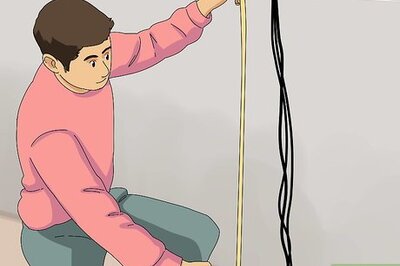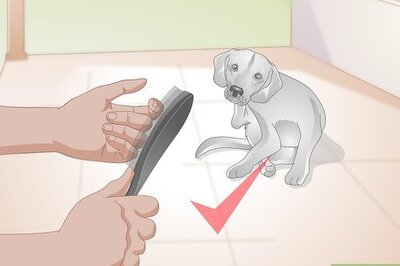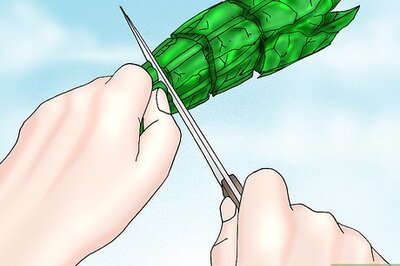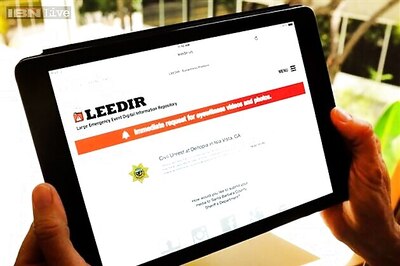
views
Researchers in the UK are working on a project that would develop soft, wearable rehabilitative devices to help the elderly and disabled people walk and move from sitting to a standing position in comfort and safety.
Led by Professor of Robotics Jonathan Rossiter at University of Bristol, the "FREEHAB" project builds on discoveries from the previous "Right Trousers" project which saw the team develop new soft materials that could be used like artificial muscles.
Rehabilitation is vital for patient, but according to Professor Rossiter, outcomes are hampered by a lack of easy-to-use dynamic tools to help therapists accurately analyse mobility performance and devise effective programmes.
"As rehabilitation increasingly takes place in patients' homes in the absence of a therapist, better ways to support in-home mobility and training are needed," said the researchers.
The materials from which the artificial muscles are made include 3D-printable electroactive gel materials, and soft but strong pneumatic chains that change shape when inflated and can exert considerable force.
"Together with integrated sensing technology, we will make devices that physiotherapists can use to accurately pinpoint limitations in their patients' movements, thus enabling them to plan personalised training programmes," said Professor Rossiter.
"We will also make simpler devices that the patient can use to enhance their mobility activities and exercise with confidence when a therapist is not with them," he added.
Following research and development, the team aims to conduct clinical trials and then bring the devices into the supply chain once the project is over.



















Comments
0 comment